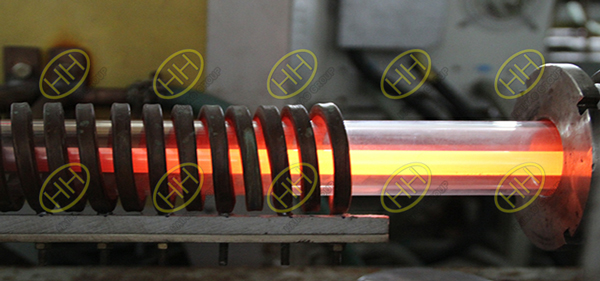Introduction of tempering
In tempering, a material is heated to below its critical temperature. This heating process increases ductility and toughness of a material. However, since ductility and strength are inversely related, tempering generally reduces strength. This loss of strength is acceptable because the resulting material is usually still stronger than it is required to be. Tempering increases ductility and toughness of steel, minimizes cracking, and increases workability. However, it also decreases hardness.
Tempering steel is part of a multi-step heat treatment process. First, the steel must be austenized, resulting in a homogeneous solution of austenite (a solution of iron and carbon). Next, the steel is quickly quenched in water, oil, air, or some other non-reactive fluid to rapidly lower temperature. This rapid temperature drop results in martensite, a brittle but extremely strong formation. Due to the extreme speed of cooling, molecules are unable to diffuse out of their high-temperature formation and remain there at the lower temperature. This formation is body-centered tetragonal. This leads to large internal stresses, making the steel brittle.
In the last step of the treatment, the steel is tempered at between 150 to 260 or 370 to 650 degrees Centigrade. The range of 370 to 650 degrees may be avoided, as it can induce brittleness. Tempering leads to the transformation of martensite into either bainite or pearlite. Pearlite, a mixture of cementite and ferrite, is so named due to the globular appearance of cementite amidst needle-like ferrite. Due to size constraints and the laws of thermodynamics, some martensite must remain after tempering. However, the relative percentage of martensite is low enough that it can effectively be ignored.
Haihao Group could provide the steel pipes,fittings and flanges with the proper heat treatment demand like tempering.Contact me if you need the related goods.Email:sales@haihaogroup.com

